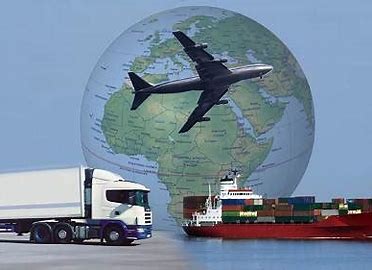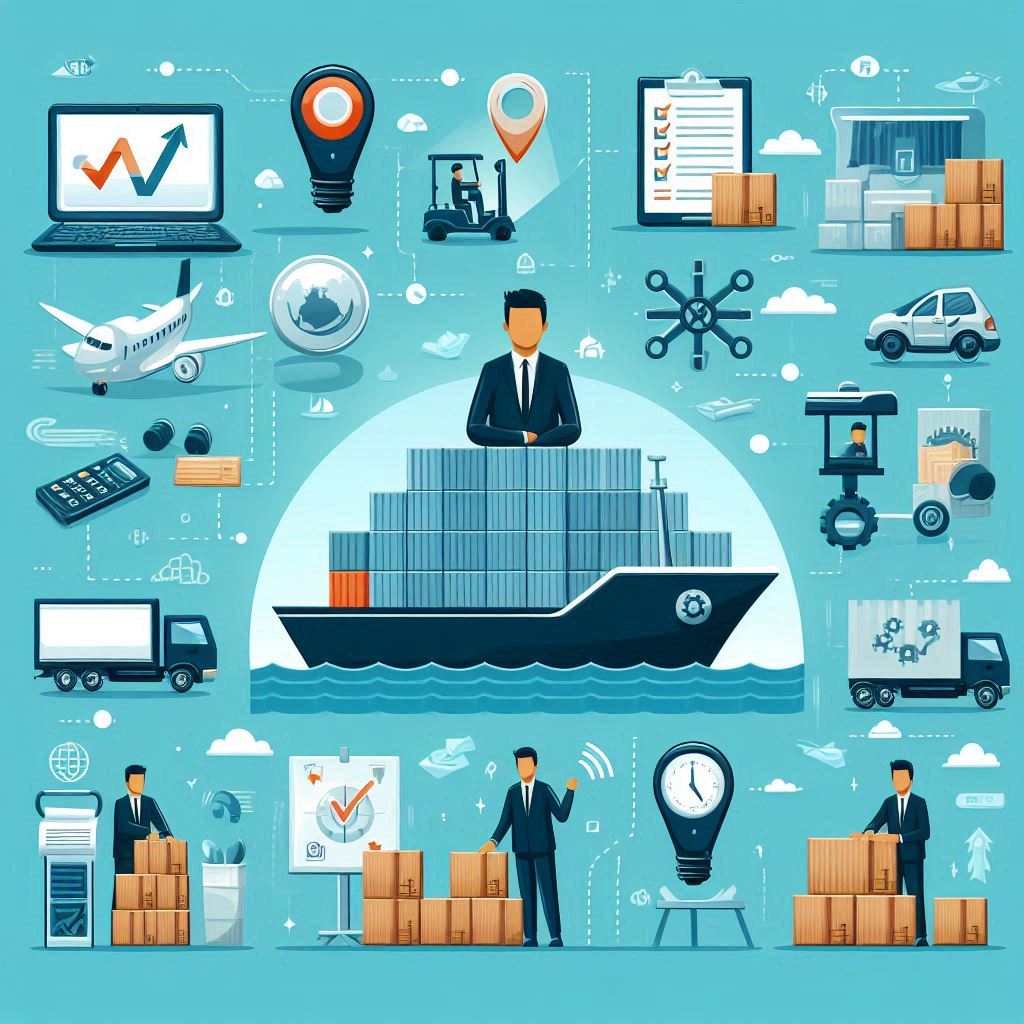The freight forwarding industry has experienced unprecedented challenges and opportunities in the past few years, and 2024 will be no different. From supply chain disruptions to economic slowdowns, from protectionism to sustainability, freight forwarders need to be ready for anything.
In this post, we will explore some of the possible scenarios that will shape the freight forwarding market in 2024 and how you can navigate them.
1. Truckload market recovers and stabilizes in the US
The US truckload market has been in a state of oversupply since 2022, as the COVID-19 pandemic, trade wars, and other factors reduced freight demand and increased carrier capacity. This resulted in lower rates, lower utilization, and lower profitability for truckload carriers.
However, 2024 may mark the beginning of a new cycle for the truckload market, as supply and demand start to balance out and freight volumes pick up. According to ACT Research, the truckload market will transition from the oversupply phase to the balance/recovery phase in 2024, as carriers adjust their fleets, drivers return to work, and shippers increase their inventories.
This means that truckload rates will likely increase, capacity will tighten, and service levels will improve. Freight forwarders need to monitor the market conditions and adjust their strategies accordingly. They also need to build strong relationships with their carriers and customers to secure capacity and service.
2. Ocean freight market remains high and tight
The ocean freight market has been facing a severe imbalance between demand and supply since 2021, as the COVID-19 pandemic disrupted global trade flows and created unprecedented congestion at ports. This resulted in record-high rates, limited capacity, and poor schedule reliability for ocean carriers.
According to DHL, the ocean freight market will remain high and tight until late 2024, as demand continues to outstrip supply and port congestion persists. The situation may worsen due to COVID-19 outbreaks, weather events, or geopolitical tensions that could disrupt shipping routes or ports.
This means that ocean freight rates will remain elevated, capacity will remain scarce, and service levels will remain low. Freight forwarders need to plan ahead and book early to secure space and equipment. They also need to explore alternative modes of transport, routes, or ports to avoid delays and extra costs.
3. Digital transformation drives innovation
Digital transformation is changing the way freight forwarders operate, collaborate, and deliver value. New technologies enable new ways of working, such as cloud computing, artificial intelligence, blockchain, and internet of things.
These technologies can help freight forwarders improve their efficiency, agility, and visibility. They can also help them enhance their customer service, personalisation, and engagement. According to Maersk, 90% of supply chain leaders reported investing in digital supply chain management technology since 2021, with 80% expecting to continue to invest in 2024 and beyond.
This means that digitalisation is not only a necessity but also a strategic advantage for freight forwarders. Freight forwarders need to embrace digitalisation as a way to differentiate themselves from their competitors and create value for their customers. They also need to invest in skills development, data analytics, and cybersecurity to ensure they can leverage digital technologies effectively and safely.
Conclusion
The freight forwarding industry is facing a dynamic and complex future that requires constant adaptation and innovation. Freight forwarders need to be prepared for the recovery and stabilization of the truckload market in the US, the continued high demand and limited capacity in the ocean freight market, and the further digital transformation of the industry.
By doing so, they can not only survive but thrive in 2024 and beyond.






